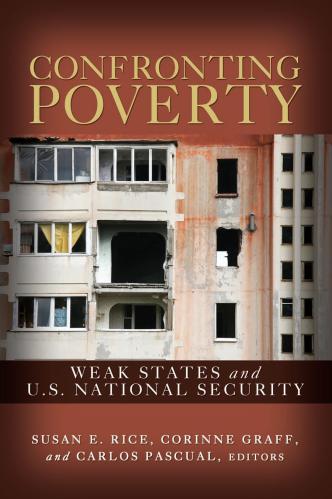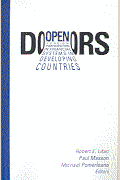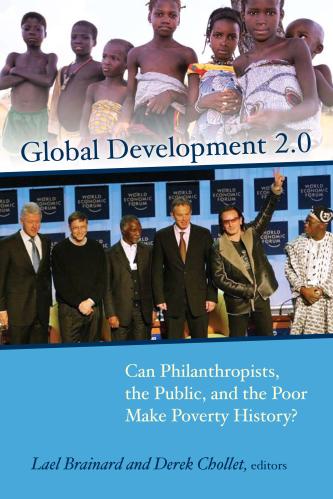A common criticism of urban transport strategies is that they are unduly concerned with mobility or the ability to move rather than accessibility in which a desired journey purpose can be satisfied. It is often further argued that a consequence of this focus on mobility, particularly motorized mobility, is that transport is not affordable to the poor, and that this exclusion justified the use of subsidies to remedy the situation. A key element of “Moving to Access” is thus concerned with increasing the affordability of transport for the poor. The objective of this paper is to explore the relationships between mobility, accessibility, affordability and transport prices and subsidies in more detail with a view to better reconciling the economic efficiency of the urban transport systems with the welfare of the poor. That generates three main areas of inquiry, namely:
- The approach to accessibility
- The approach to affordability through transport subsidy
- The reconciliation of efficiency pricing with equity
considerations.
While there is a long history of theoretical and practical discussion of transport pricing and subsidies, there are a number of factors that call for further review and reconsideration. Among those factors are the increasing use of cash transfers and conditional cash transfers as a redistributional mechanism and the advances in information technology that enhance targeting of subsidies. In addition, the uptake of pricing strategies to address congestion and environmental effects raises concerns regarding equity and the impact on accessibility of low-income households. This paper takes these factors into consideration in updating the theoretical as well as practical application of pricing instruments. It offers a framework for assessing alternative pricing strategies and indicates areas for further investigation. The policy conclusions may be briefly encapsulated. First, accessibility is preferable to mobility as a policy objective but it is not necessarily more pro-poor than focusing on mobility, unless accompanied by other measures such as land use changes and revolutionized investment criteria, to make it so. Second, assistance to the poor is more efficiently delivered through direct cash transfers than through service subsidies. Subsidizing transport services, either on the supply side or demand side, is likely to be the best policy for assisting the poor only in the case of merit goods where the consumer may not make the socially optimal use of the normally preferable direct cash transfers. Third, however, this does not mean that transport pricing is unimportant for welfare distribution,
as there are many applications of pricing policy aimed at improving the overall efficiency of the transport sector that may have very significant impacts on the welfare of the poor. Formally analyzing the distributional effects of these policy applications, and seeking acceptably pro-poor variants can be very important.
The Brookings Institution is committed to quality, independence, and impact.
We are supported by a diverse array of funders. In line with our values and policies, each Brookings publication represents the sole views of its author(s).








